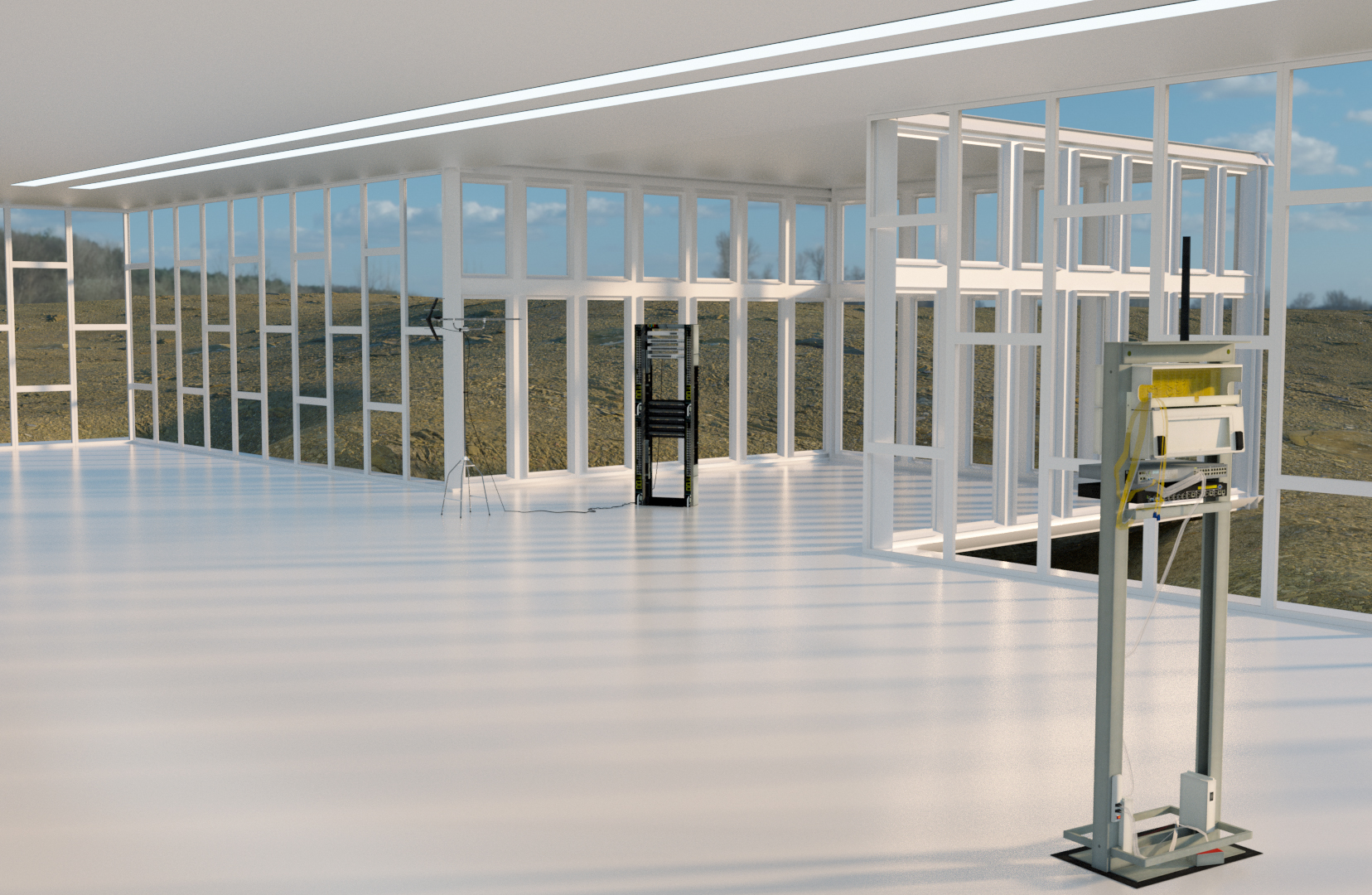Among the works presented in “January 5 – 31 1969” at Seth Sieglaub Gallery in New York was Robert Barry’s 88mc Carrier Wave (FM) and 1600kc Carrier Wave (AM). Both works comprised of concealed batteries and transmitters that broadcasted invisible waves of electromagnetic energy into the exhibition space. These waves were not only invisible but also undetectable by other modes of human perception. Though the waves could be identified by use of a common transistor radio, the likelihood of a visitor to the exhibition conducting such a task was slim, forcing the visitor, upon encountering two wall labels that detailed the presence of carrier waves, to accept Barry’s concept on faith. In doing so, vision became contingent and made temporal, and, in the case of a visitor to the space of the exhibition, it was made self-conscious by there being nothing visible to see. Any autonomy of the artwork was shifted onto the viewer and his/her perception of the artwork.
In keeping with the logic of the work itself, the photographic documentation remaining from these early pieces shows an empty gallery space free of any indicator of the existence of the carrier waves, the reality of such found only by reading the caption of the documentation. What these documents provide is a static extension of Barry’s conceptual program: just as the viewer, once made aware of the carrier waves, becomes self-conscious of the act of looking, so too the visible documentation raises the possibility of aesthetic experience enabled by becoming conscious of the invisible energy in the gallery.
With viewer (or observer) consciousness tentatively attuned to the conceptual possibilities of electromagnetic radiation within the exhibition space, how does an artwork reframe the aesthetic possibilities of electromagnetism? How does an artwork make manifest patterns and activities that the human sensorium is simply unequipped to process? And how can such patterns and activities, in and of themselves meaningless to the hydro-carbons that we are, be yoked to make meaning? To pronounce the use and utilization of the electromagnetic spectrum Spectral Choreography comprises of a transmitter, a receiver and speaker, all intended for physical installation within the main exhibition space.
While taking Robert Barry’s work as a point of departure, the transmitter in Spectral Choreography will not be limited to any one frequency. Rather, it will be programmed for an infinite transmission run with pseudo-random alternations between all commercially-approved and ITU-approved amateur radio frequencies. Similarly, the receiver will also be programmed for pseudo-random frequency alternations on the same sections of the spectrum, resulting in an irregular and unpredictable pattern of information-reception. Importantly throughout the run of the exhibition, the information or modulation transmitted on the various wavelength alterations in Spectral Choreography will maintain consistency, in fact identity, with the wavelengths transmitted (example: 88mc sound carried on an 88mc wave, followed by an 1600kc sound carried on an 1600kc wave, followed by xx sound carried on xx wave, etc. etc. ad infinitum).
